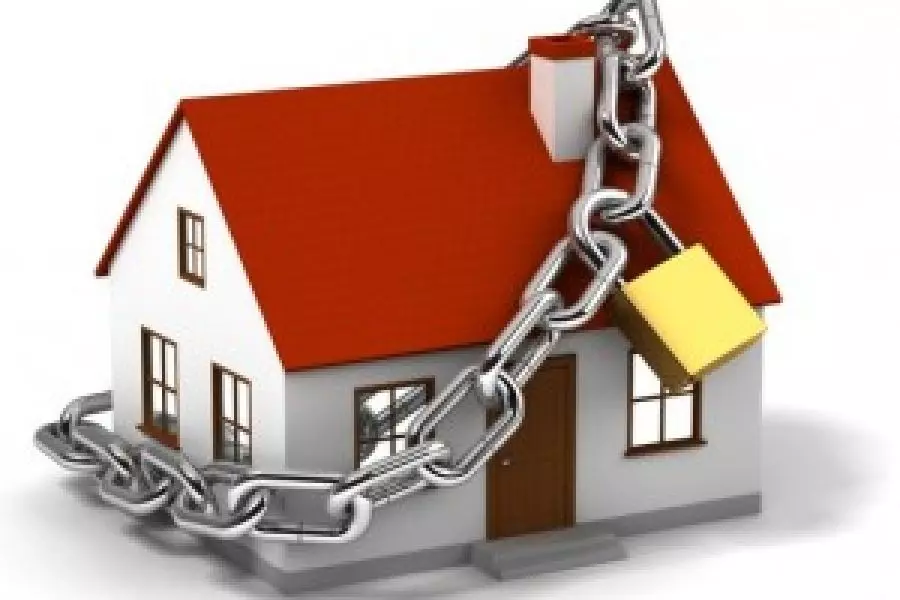
News
Insurance pain for landlords ahead

Wednesday 30th of August 2017
But it is property owners with lower value dwellings and commercial property owners who are set to feel the most pain.
A combination of increases in EQC and Fire Service levies, the rising cost of cover for meth damage and post-Kaikoura market changes mean insurance on some buildings could soar.
NZbrokers CEO Jo Mason said her organisation’s analysis showed these factors w...
Want to read the full article?
Click the button below to subscribe and will have unlimited access to full article and all other articles on the site.
5 min read
6 min read
Latest News
Latest Comments





![[The Wrap] Bye Bye Bayly](https://goodreturns.publit.io/file/c_fill,w_900,h_600/39f23ac1-f7c7-4854-b700-a150004ebbac.webp)


